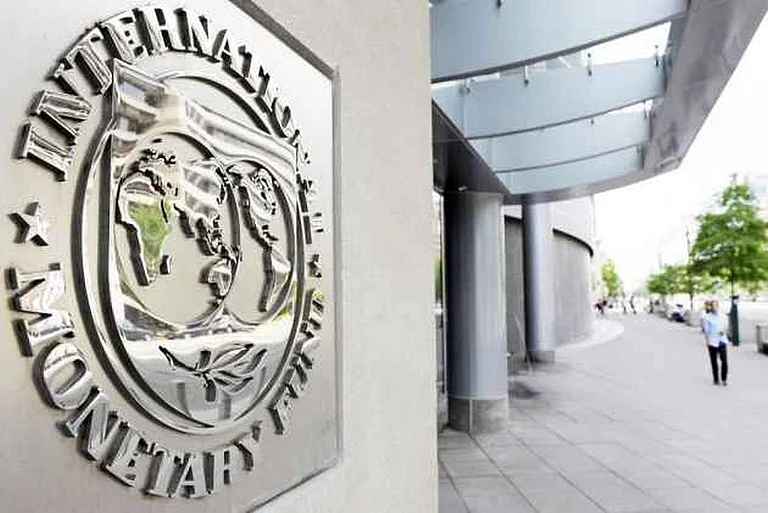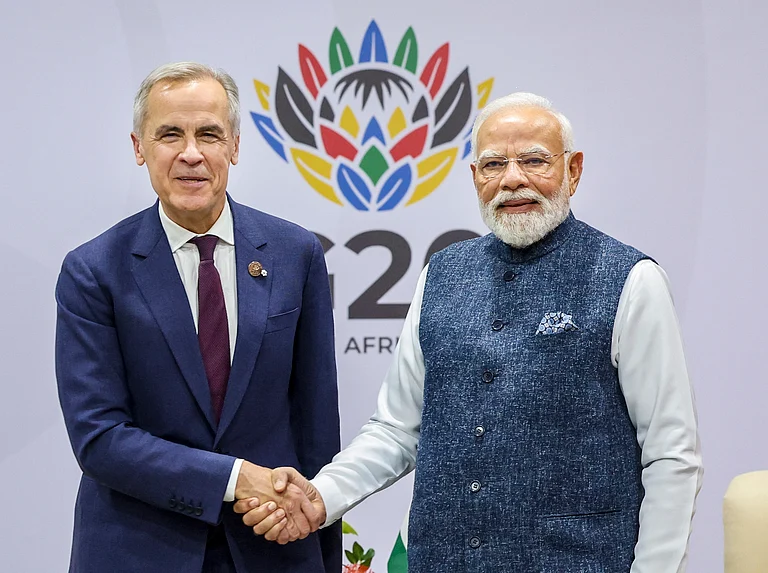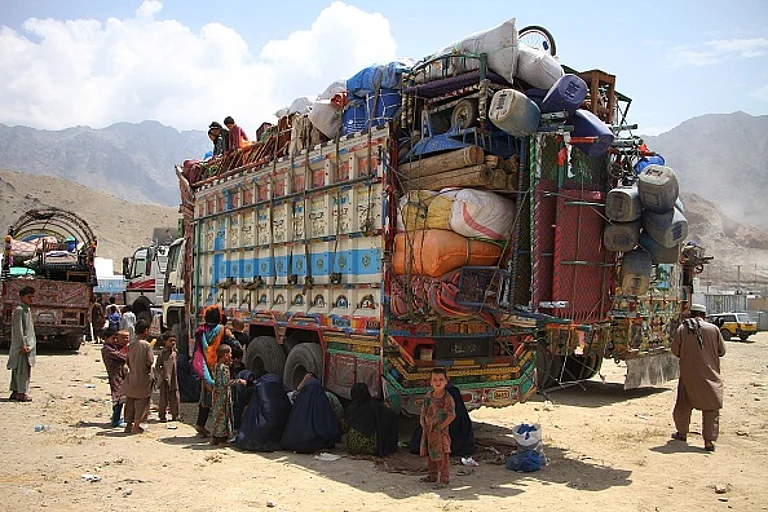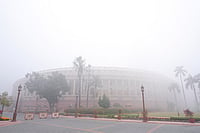
1. Pakistan failed to meet three out of five IMF targets, including PKR 1.2 trillion in provincial savings and two key FBR revenue goals
2. The federal government posted a primary surplus of PKR 2.7 trillion, exceeding the IMF’s target of PKR 2.4 trillion
3. Pakistan is expected to clear the next IMF review in September due to its progress on primary fiscal and deficit control benchmarks.
Pakistan has failed to meet three out of the five performance targets set by the International Monetary Fund (IMF) for the second review of its $7 billion arrangement, according to official fiscal data released by the Ministry of Finance and reported by The Express Tribune on Wednesday.
The missed targets include a savings commitment from provinces and two tax collection goals set for the Federal Board of Revenue (FBR). However, Pakistan did succeed in generating a primary budget surplus and reducing its overall fiscal deficit, as reported by PTI.
According to the Ministry’s Fiscal Operations Summary, the four provincial governments generated PKR (Pakistani Rupees) 921 billion in cash surpluses during the fiscal year ending June 2025, falling short of the agreed PKR 1.2 trillion target by PKR 280 billion.
Additionally, the FBR missed its annual tax collection target of PKR 12.3 trillion, and failed to meet its goal under the Tajir Dost Scheme, which had aimed to collect PKR 50 billion from retailers in the informal sector.
Despite this, Islamabad achieved a budget surplus of PKR 2.7 trillion, surpassing the IMF’s target of PKR 2.4 trillion, the highest in 24 years. The overall fiscal deficit was reduced to 5.4% of GDP (PKR 6.2 trillion), which is lower than the 5.9% initially forecast. Officials attributed this to strict fiscal discipline maintained by the federal government, as reported by PTI.
While the federal government generated a surplus of PKR 2.7 trillion, it still faced a revenue gap of PKR 1.2 trillion to meet interest payments and defence spending.
The $7 billion standby agreement was signed last year and has played a key role in stabilising Pakistan’s struggling economy. The program includes around 50 conditions that are assessed quarterly and annually.





























